Dieste [Uruguay] (2017)
Genre :
Runtime : 1H 35M
Director : Heinz Emigholz
Synopsis
The final part of Heinz Emigholz’s "Streetscapes" series is again a triptych. A prologue examines three buildings from the 1930s designed by Julio Vilamajó in Montevideo which could have inspired the work of Eladio Dieste, the subject of the main part of the film. The industrial and functional buildings presented span the period from 1955 to 1994; their organic brick construction is astonishing and inspiring.

Tania learns that her grandmother spent the last years of her life in the loving company of an alien. Together with two friends, the Trans woman travels through rural Argentina to bring the creature back to its place of origin.

Two brides wait in a church room while their marriages don't begin. But they are not anxious, as expected: they do act like ghosts in existential horror. As they wait to be called to the start of their respective ceremonies, they reflect on their relationships and lives.

Among the ravines and flood plains of the Senio river, in the lower part of the province of Romagna, the small town of Cotignola prepares to construct a large arena made out of bales of hay; it will host readings, performances and concerts. It turns into a big party but two trivial accidents, under similar circumstances, cause the death of two of the organizers. The victims encounter each other in a parallel dimension, where the boundary with the real world becomes increasingly insubstantial.

A documentary exploring the existential, artistic and family life of musician and former evangelical, David Bazan (Pedro The Lion), set against America’s own crisis of faith highlighted during the 2016 presidential election.

Ernie & Joe follows two officers with the San Antonio Police Department mental health unit who are diverting people away from jail and into mental health treatment — one 911 call at a time.

A film interpretation of the poem 'The Leaden Echo and the Golden Echo' by Gerard Manley Hopkins. Margaret Tait speaks the poem throughout the film.

A former athlete, Kōhei is a swimmer with a wife and child. One day his wife asks him to sign the divorce papers. From shock, he escapes to alcohol, finding himself one night in Tokyo’s gay district, Shinjuku Ni-chōme, where his fateful meeting awaits with Yūtaka, a beautiful twink. Yūtaka makes a living from live sex webcams with men, but his dream is to become an anime creator. Yūtaka however is tortured because he still hadn't come out to his father who collapsed from illness. Kōhei and Yūtaka both carry a cross. They hesitate but can't stop being drawn to each other as if they need each other. The two fall for each other, even at times hurting the other. Kōhei however begins to struggle about what it means "to love somebody" and questions his "sexuality", through his contacts with different personalities in the gay district. Meanwhile, Yūtaka encounters his gay ex Atsushi, and starts to realize he will never be able to be with Kōhei, who is gay-for-pay.

"In Chile, when the sun rises, it had to climb hills, walls and tops before reaching the last stone of the Cordillera. In my country, the Cordillera is everywhere. But for the Chilean citizens, it is an unknown territory. After going North for Nostalgia for the Light and South for The Pearl Button, I now feel ready to shoot this immense spine to explore its mysteries, powerful revelations of Chile’s past and present history." Patricio Guzmán
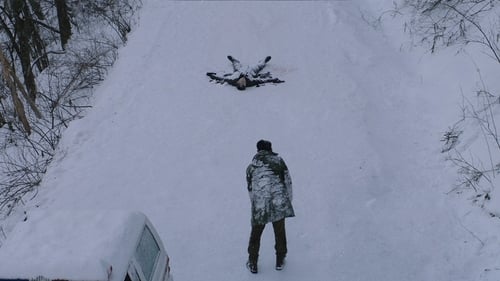
Buried by treacherous conditions at the top of Mt. Baekdu, a policeman must brave the extreme weather until his transfer comes through. When a group of thieves stumbles into the station in search of safe shelter, both sides must fight for survival.

Ariel is a good-looking farm boy who lives with his father and sister in a rural part of Buenos Aires province. He has become familiar with sex thanks to Omar, a priest with whom he has a secret affair.
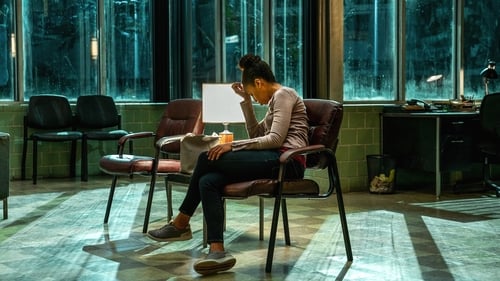
Time passes and tension mounts in a Florida police station as an estranged interracial couple awaits news of their missing teenage son.

A rock concert, the irruption of the police, four friends forced to flee quickly and forget their backpack there. Friendship and adolescence combined as one, the future less than a time to travel rather than a space (a city) to discover.

We follow the film journey of director Viollaine de Villers and traveller Jean-Pierre Outers around the Chinese interior during the late 1980s. In a fragmented sequence of archival shots, vignettes of local culture gradually emerge, including everyday work, leisure time moments, and reflections of ancient myths. But it’s not just another of the countless travel documentaries or urban symphonies, but rather a suggestive video essay. The VHS camera becomes a fully-fledged historiographical medium through which foreign culture is revealed in all its myriad facets without crystallizing it into a comfortably consumable image
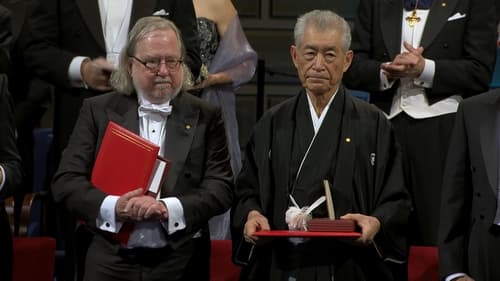
Breakthrough tells the story of a renegade scientist’s quest to find a cure for cancer, the disease that killed his mother. Texan Jim Allison is a 2018 Nobel Prize winner for discovering how to prompt a cancer patient’s own immune system into defeating their disease, but for decades he waged an often-lonely struggle against the painful skepticism of the medical establishment.
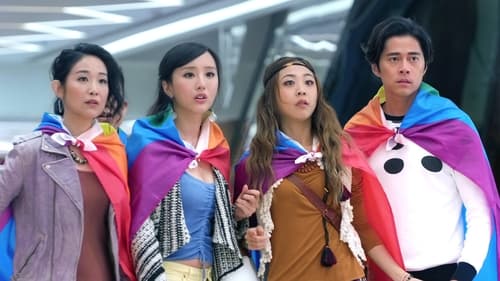
Revolves around a group of individuals who are all connected by a lost bottle of breast milk.

Demolition of the old and building of the new Kunsthalle in Mannheim in the years 2013 to 2018.

While trying to lead a normal life in Berlin, a young man struggles with his own emotional isolation

In this fluid dance film, director Sophie Fiennes collaborates with choreographer Lucy Bennet to reimagine Stopgap Dance Company's performance piece Artificial Things.
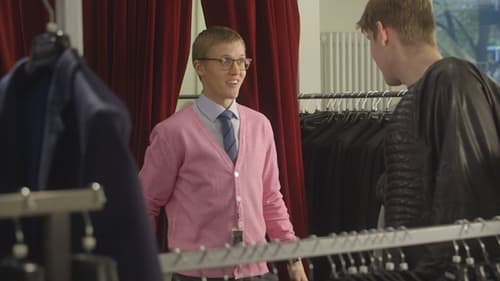
Henrik is a successful actor and comedian who's always trying to prove he's not a homophobe. In his private life, he is lonely and insecure, struggling with adulthood. One day, after dislocating his shoulder, he joins a yoga class and makes his first gay friend ever.













